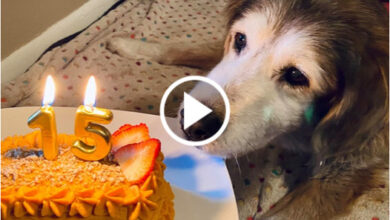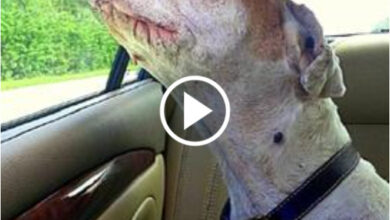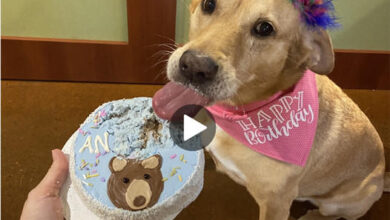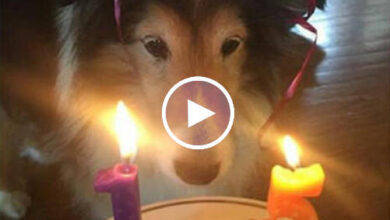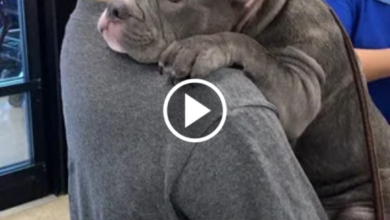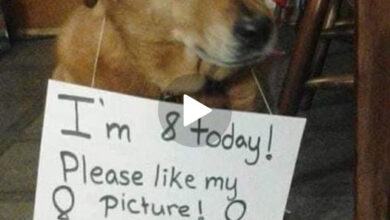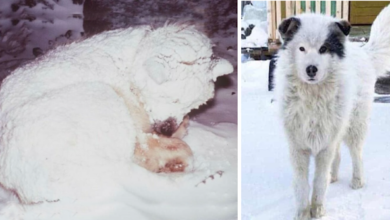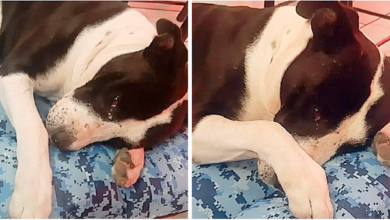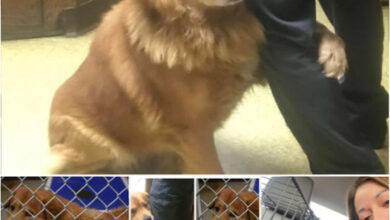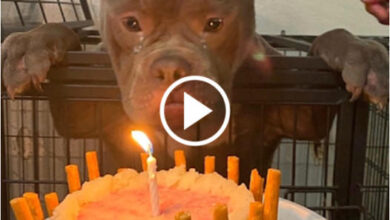Why Does Your Dog Chew Everything
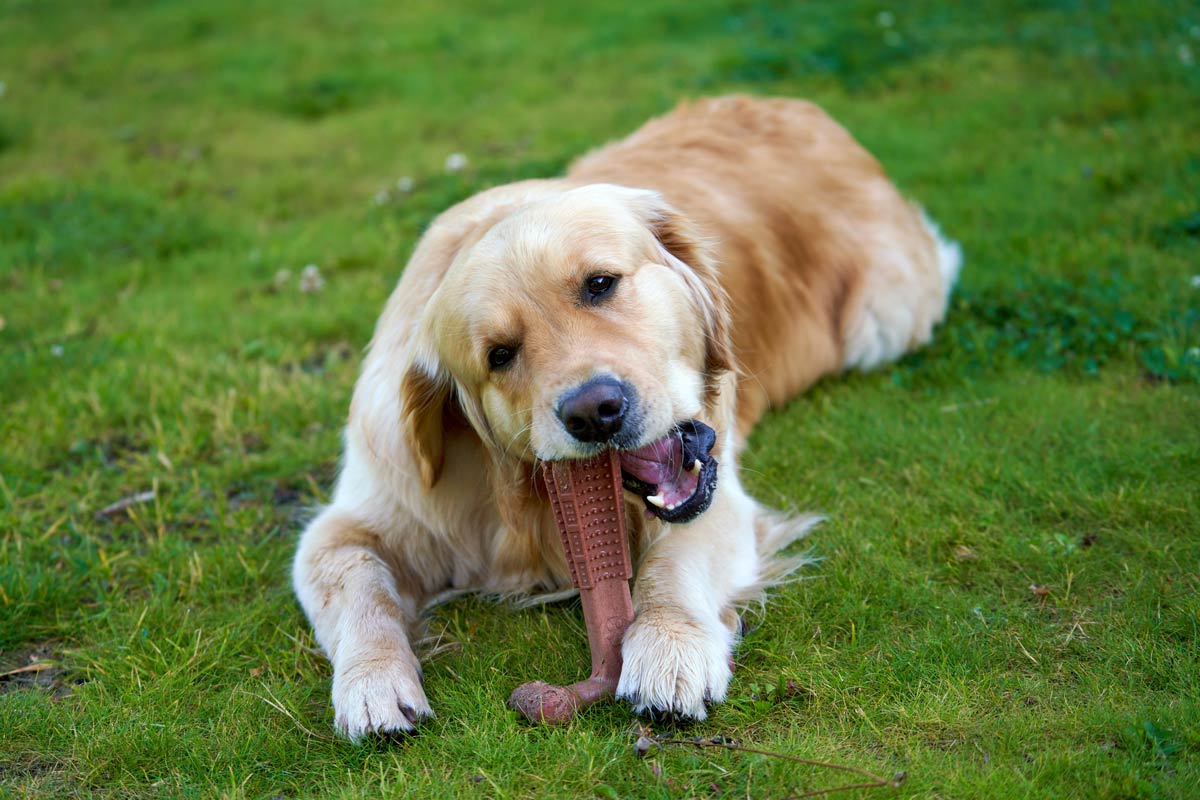
If you’re a dog owner, you’ve probably experienced the frustration of finding your favorite shoes or furniture destroyed by your furry friend’s teeth. But why does a dog chew everything in sight?
It turns out that chewing is a natural behavior for canines and serves several important purposes, including dental health and stress relief. As pack animals, dogs evolved with a strong instinct to chew on bones and other objects as a way of keeping their teeth clean and healthy. Today, even though most domesticated dogs have access to regular dental care, they still retain this ingrained habit of chewing.
Additionally, chewing can help relieve boredom and anxiety in dogs by providing mental stimulation and physical activity. However, when this natural behavior becomes destructive or excessive, it’s important for pet owners to understand the underlying causes and take steps to prevent damage to their belongings while promoting their dog’s overall well-being.
The Natural Instinct to Chew
It’s just in their nature – dogs can’t help but chew on everything in sight! Chewing behavior evolution dates back to the earliest ancestors of dogs, who had to rely on their jaws for survival. They would use them to hunt and break down prey, as well as defend themselves from predators. These instincts have been passed down through generations of dogs, leading to a natural urge to chew.
One key factor that contributes to this behavior is puppy teething stages. Just like human babies, puppies go through a phase where they lose their baby teeth and grow new ones. This process can be painful and uncomfortable for them, causing them to seek relief by chewing on objects that provide resistance and pressure against their gums.
In addition, chewing also helps develop jaw muscles and aids in overall dental health.
While it may be frustrating when your dog chews up your favorite pair of shoes or destroys a piece of furniture, it’s important to understand that this behavior is completely normal for them. Plus, there are actually benefits to chewing beyond relieving teething pain. The subsequent section will explore these benefits in more detail.
The Benefits of Chewing
Chewing not only provides entertainment but also promotes oral health and mental stimulation for your furry friend. Dogs have a natural instinct to chew, so giving them appropriate toys to chew on can prevent destructive chewing behavior.
Chewing helps clean teeth by removing plaque and tartar buildup, reducing the risk of gum disease. Additionally, chewing can provide mental stimulation for dogs that may become bored or stressed when left alone. Providing your dog with different types of chews, such as rawhide, bones, or rubber toys, can keep them occupied and mentally stimulated. This can help reduce anxiety and prevent destructive behavior in the home.
While chewing is beneficial for dogs in moderation, excessive chewing may be a sign of an underlying issue. Common reasons for excessive chewing include separation anxiety or boredom. If you notice your dog excessively chewing on inappropriate items such as furniture or shoes despite having plenty of appropriate chew toys available, it may be time to address these behaviors through training or seeking professional help from a veterinarian or animal behaviorist.
Common Reasons for Excessive Chewing
Excessive chewing on inappropriate items is often a manifestation of underlying issues like boredom or separation anxiety. A bored dog may resort to chewing as a form of entertainment, while a dog experiencing separation anxiety may chew as a way to deal with stress and fear. Understanding the root cause behind your dog’s excessive chewing behavior is essential in addressing the issue.
One effective solution is behavioral training. Training your dog to understand which items are off-limits can help prevent destructive chewing behaviors. Additionally, providing your furry friend with plenty of toys and activities that stimulate their mind and body can help alleviate boredom and reduce the likelihood of them resorting to chewing.
Separation anxiety can be more challenging to address, but there are steps you can take to help your dog cope. Gradually acclimating them to being alone for short periods at first and gradually increasing the duration can help ease their anxiety over time. Seeking guidance from a professional trainer or veterinarian may also be beneficial in managing this issue.
Recognizing signs of unhealthy chewing behavior is crucial in preventing further damage and addressing any underlying issues that may be causing it. By taking proactive steps, such as behavioral training and seeking professional advice when needed, you can help ensure that your furry friend remains happy, healthy, and free from destructive tendencies.
Recognizing Signs of Unhealthy Chewing
If you notice your furry friend constantly gnawing on their paws or other body parts, it may be a sign of an underlying health issue such as allergies or anxiety. In fact, according to the American Kennel Club, up to 10% of dogs suffer from some form of anxiety that can lead to excessive chewing on themselves.
It’s important to identify the triggers causing this behavior and address them through training techniques. One common trigger for unhealthy chewing is separation anxiety. Dogs who experience distress when left alone may resort to destructive behaviors such as chewing furniture or doors in an attempt to escape and find their owner. Another trigger could be boredom. Dogs who are not given enough mental stimulation and exercise may turn to chewing as a way of releasing pent-up energy. Finally, pain or discomfort from dental issues or injuries may cause excessive chewing.
To prevent unhealthy chewing behavior, it is crucial to provide appropriate outlets for your dog’s natural desire to chew. This includes providing plenty of toys specifically designed for chewing and regularly rotating them so that your dog doesn’t get bored with the same ones. Additionally, incorporating daily exercise and training sessions into your dog’s routine can help reduce stress and increase mental stimulation, decreasing the likelihood of destructive behaviors like excessive chewing.
Providing Appropriate Outlets for Chewing
You can easily keep your furry friend from destroying your favorite items by providing them with appropriate chew toys that will satisfy their natural urge to gnaw. Chew toy selection is crucial in ensuring that your pet has a pleasant chewing experience while not causing damage to household items.
When selecting chew toys for your dog, it’s important to consider the size of their mouth and teeth, as well as their chewing habits. Training techniques are also essential in directing your dog towards using appropriate outlets for chewing.
You can start by offering them the chosen chew toys and encouraging them to engage with these objects instead of household items. Positive reinforcement is key when training; reward your pup when they use the designated chew toys properly. Redirecting your dog’s attention whenever they start chewing on something they shouldn’t be can also help reinforce positive behavior.
By providing appropriate chew toys and implementing effective training techniques, you’re setting up your furry friend for success in preventing destructive chewing behaviors. However, if you notice that these methods aren’t working or if there are underlying issues contributing to excessive chewing, it may be time to seek professional help or address those issues directly.
Addressing Underlying Issues
To address any underlying issues contributing to destructive chewing, it’s important to observe your furry friend’s behavior and consult with a veterinarian or animal behaviorist for guidance. These professionals can help you identify the root cause of your dog’s chewing habit and suggest appropriate behavioral modification techniques.
Here are some possible underlying issues that may contribute to destructive chewing:
- Anxiety or stress: Dogs who experience anxiety or stress may chew as a way to self-soothe. If this is the case, you may need to work on reducing your dog’s stress levels through exercise, mental stimulation, and relaxation techniques.
- Boredom: Dogs who are left alone for long periods of time without enough mental and physical stimulation may resort to chewing as a form of entertainment. Providing plenty of toys and interactive games can help alleviate boredom.
- Medical conditions: Certain medical conditions such as dental problems, gastrointestinal issues, or nutrient deficiencies can lead to excessive chewing. It’s important to rule out any underlying health problems before addressing the behavior.
Remember that professional intervention may be necessary in some cases. Don’t hesitate to seek help from a qualified animal behaviorist if your dog’s destructive chewing persists despite your best efforts. With patience and persistence, you can help your furry friend overcome this habit and lead a happier, healthier life.
Conclusion
So, now you understand why your dog loves to chew everything in sight. It’s a natural instinct that serves many benefits, including dental health and stress relief. However, excessive chewing can be a sign of underlying issues such as anxiety or boredom.
Therefore, it’s important to recognize the signs of unhealthy chewing and provide appropriate outlets for your dog. By offering safe and appropriate items for your dog to chew on, you can prevent destructive behavior and promote positive habits.
Additionally, addressing any underlying issues through training or seeking professional help can improve your dog’s overall well-being. Remember, understanding why dogs chew is just the first step in providing them with the necessary care they need for a happy and healthy life together with you.
Read more:















